Backplate and Footplate
The Tau has a plastic footplate flush with the monobody, which has a receptacle for the cello spike, the instrument cable socket, and the drip tube (eww). Mine was wobbly so I suspected a connectivity problem.
It was clearly secured from the inside, so the only way to access it was to remove the backplate below the strap harness. Two of the screws are covered by the warranty sticker. The backplate has a rubber gasket underneath.
As the backplate came off, I felt movement which I later realized meant trouble.
The two sprung rails on either side make electrical connection with the body, but also have foam underneath which apply a scary pressure to the board. This was all interesting but I didn’t want to mess with anything that might cause key alignment problems so I left that all alone.
The footplate plastic with a thin O-ring seal snaps on to a machined aluminum part that is inserted from the bottom and secured to rest of the base inside with a single screw. This screw was loose on my Tau.
In addition, directly underneath the screw head is a stiff L-shaped strip of metal that protrudes enough to touch the shell of the Neutrik socket. Because the screw was loose, the strip was dangling and not making connection.
So I reoriented it and tightened it down. An ungrounded cable housing might have been enough to cause signal problems even though power was fine.
It seemed a simple matter to put the gasket and backplate back on, but the screws just would not bite. After investigating, it was clear that the sprung rails were screwed down on only one end and were pushing themselves out of place at the other.
Eigenlabs must have some tool used for reassembly, I can’t see any other way. For a while I thought I was going to have to machine a shim to maintain the spacing yet still fit in the scarce space not obstructed by the gasket or backplate, but finally I was able to manipulate it to get the top pair of screws to match. It took maybe an hour to do and there’s no way they assemble them like that.
I really do not understand the design decisions here but so much of the Eigenharp is so well thought out that there must be some reason.
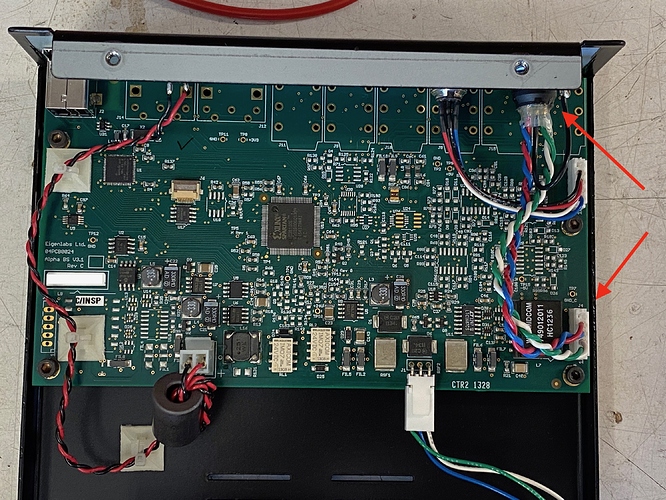
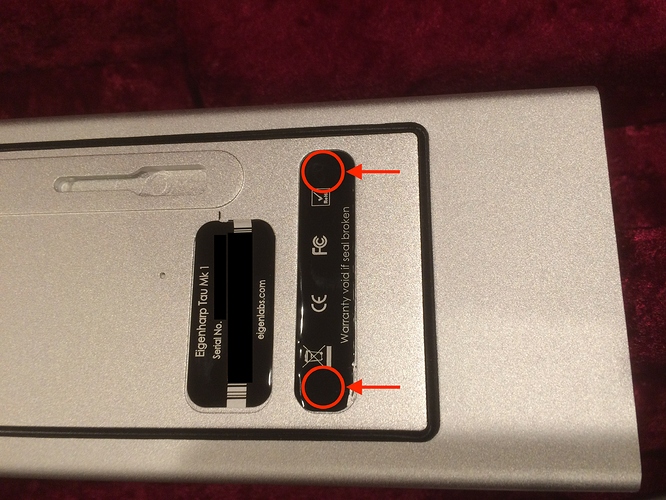

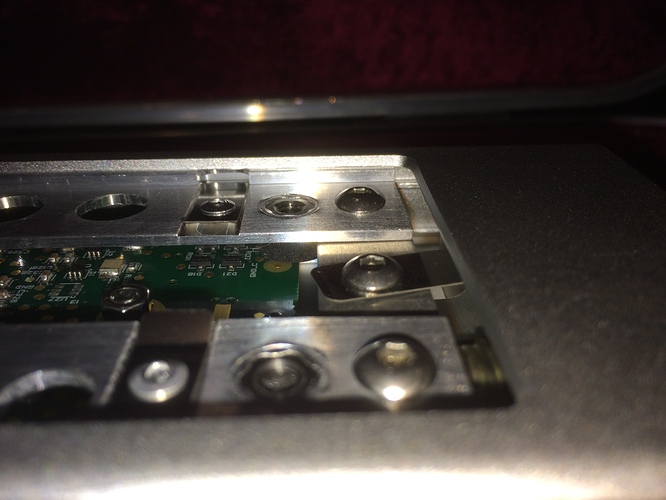
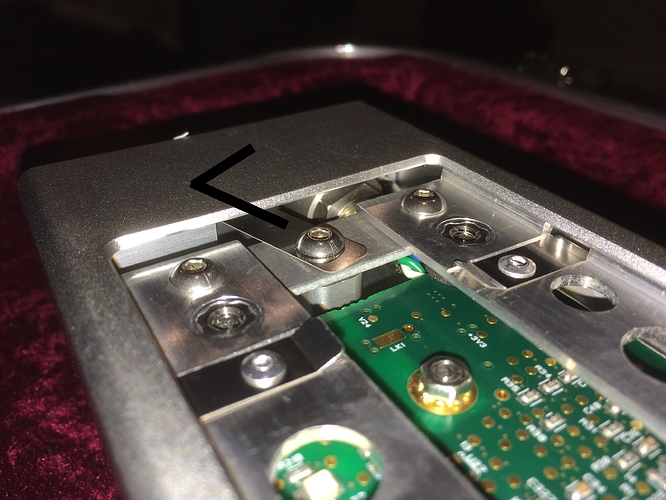
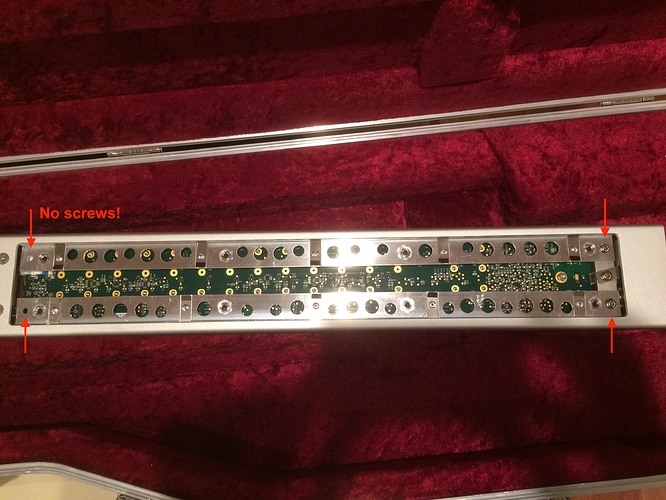
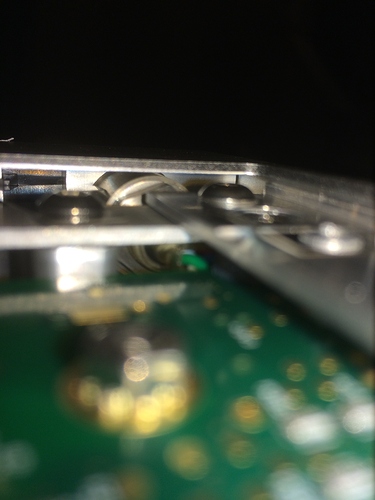
 Everything I do musically is centered around my Tau, so if it stops working I’m in a lot of trouble.
Everything I do musically is centered around my Tau, so if it stops working I’m in a lot of trouble.
